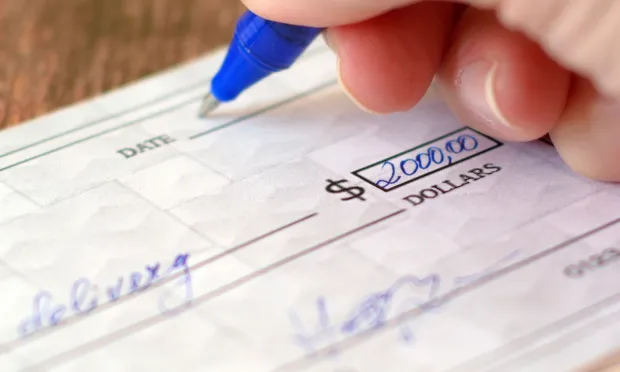
Despite the growing adoption of digital payment solutions worldwide, financial institutions (FIs) continue to process billions of checks each year, setting the stage for a growing trend: check fraud.
Last year, the Financial Crimes Enforcement Network (FinCEN), reported a nationwide surge in check fraud, with a notable 23% increase in Suspicious Activity Reports (SARs) filed by FIs between 2021 and 2022.
FinCEN highlighted that criminals often target various types of checks, including personal, business, tax refund, and those associated with government assistance programs like Social Security payments and unemployment benefits.
The United States Postal Inspection Service has also noted a surge in fraudsters pilfering checks, often from mailboxes, and altering payee names and dollar amounts — a tactic known as “check washing.” In some instances, criminals resort to copying and printing counterfeit checks using copiers and scanners.
And with check fraud extending from paper to digital channels, there is a concerning trend of digital manipulation alongside traditional methods. Ingo Payments President and Chief Operating Officer Rusty Pickering and Chief Risk Officer Bill Roese discussed this trend in an interview with PYMNTS, pointing out the increasing misuse of digital account origination and remote check deposit features.
“Everybody is originating accounts digitally,” Pickering said. “It used to be you would have to walk into a bank lobby with your driver’s license and your ID and other identity verification documentation. Now it’s all done online, and everybody’s identity is available to be stolen and used to open accounts. You’ve just got a massive amount of fraud.”
In numerous instances, “duplicate deposits” have become a preferred tactic for thieves who digitally deposit a check while also attempting to deposit it in-person elsewhere, Pickering further noted.
To combat this escalating threat, the American Bankers Association (ABA) and the U.S. Postal Inspection Service have joined forces to educate postal and banking employees, as well as consumers, on preventative measures against check fraud.
“Working together to address the unprecedented rise in check fraud offers us a number of opportunities to make a difference, including educating the public on how to safely use the mail system to send checks while also taking advantage of the advancements in payments technology banks offer,” ABA President and CEO Rob Nichols said in a March 19 press release.
Among recommended actions by both organizations is the adoption of digital payment services, such as e-checks, ACH automatic payments, and other electronic and mobile payment options.
They also advise consumers to leverage mobile or online banking platforms to access copies of their checks and verify that they haven’t been tampered with. Furthermore, they stress the importance of regularly reviewing bank activity and statements for any discrepancies while logged into their accounts.
Meanwhile, identity verification firm Mitek has introduced MiControl, a fraud management console, to enhance fraud detection and reduce losses, PYMNTS reported last month.
Through “advanced visualizations and analytics,” MiControl enables FIs to swiftly identify and mitigate suspicious activities, significantly reducing the time required for a fraud analyst to review and make determinations about suspicious checks — from 10 minutes to just 90 seconds.
The tool is also designed to aid banks in analyzing and visualizing fraud trends and hot spots, such as specific geographies or business sectors experiencing elevated levels of fraudulent activity. This analysis, the company said, “allows financial institutions to adjust their fraud detection protocols and business rules accordingly.”
























